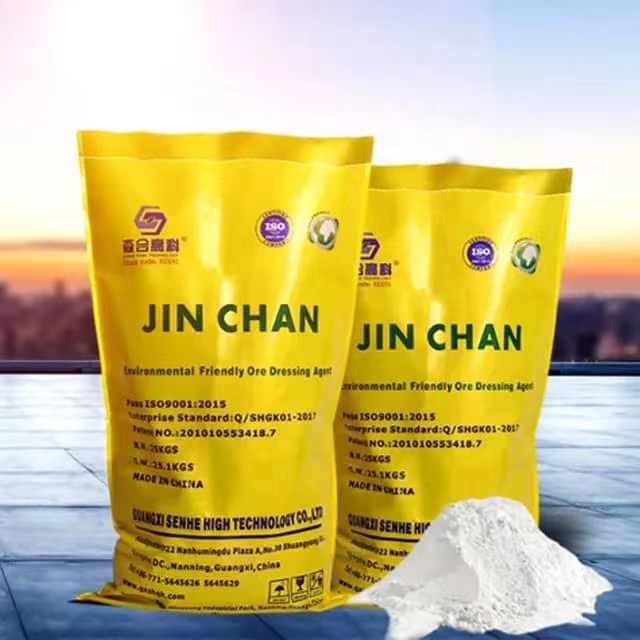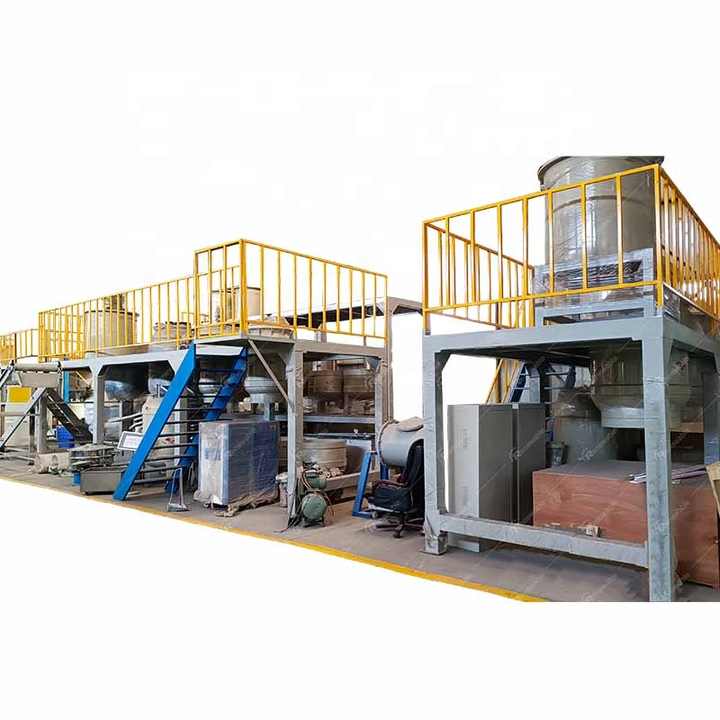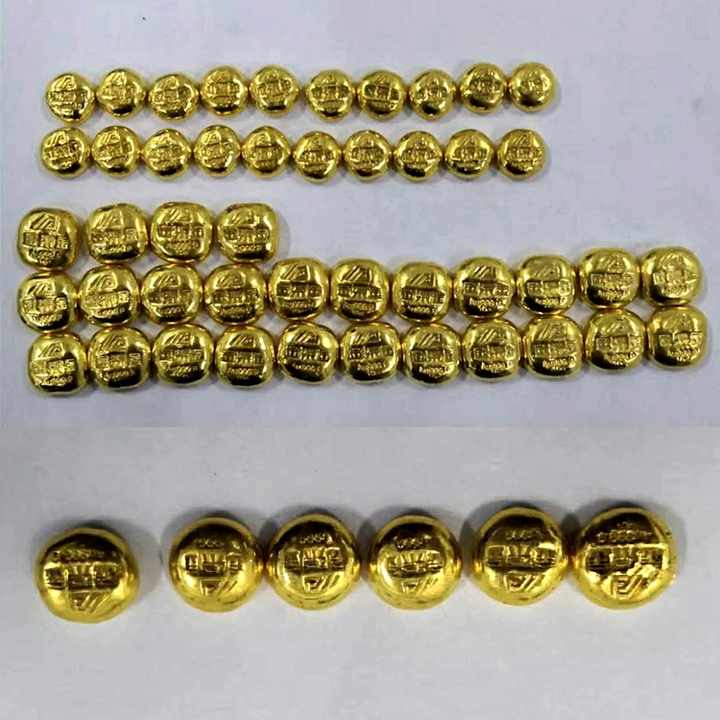processing and refining of gold
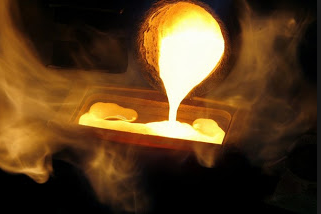
Processing and Refining of Gold
Gold has been cherished for centuries, both as a precious metal and as a symbol of wealth. The processing and refining of gold are crucial steps that transform raw gold ore into pure, marketable gold. This article explores the methods used in the processing and refining of gold, highlighting the stages involved and the technologies applied.
Understanding Gold Processing
Gold processing involves several stages that prepare the raw material for refining. Initially, gold is found in ore, which must be extracted and processed to separate the metal from impurities. The methods used for gold processing can vary depending on the type of ore and the desired purity level.
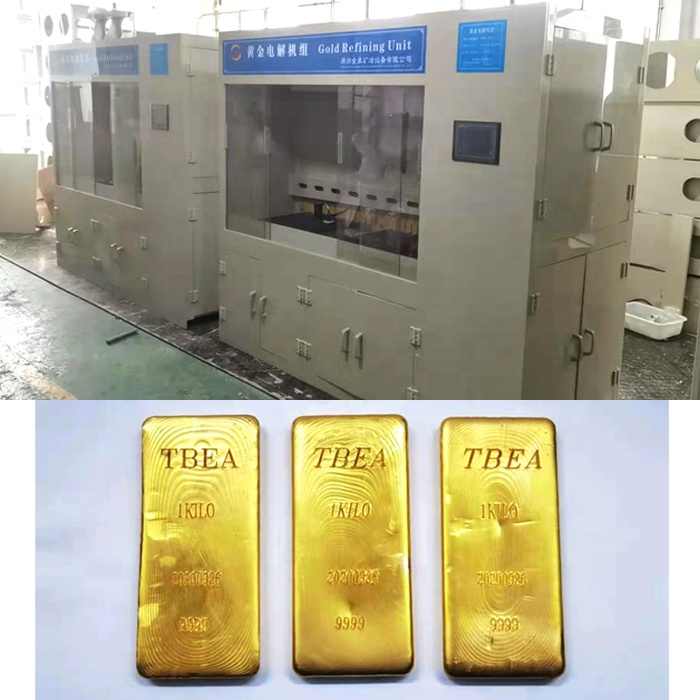
Steps in Gold Processing
Extraction
The first step in processing gold is extraction, which can be achieved through various methods, including:
- Placer Mining: This method involves searching for gold in riverbeds and streams. Gold is separated from sediments using gravity and water.
- Hard Rock Mining: In this method, gold is extracted from underground veins of ore. This involves drilling and blasting to access the ore, followed by crushing and grinding to liberate gold particles.
Concentration
Once the gold is extracted, it undergoes concentration to separate the valuable mineral from the gangue. This is commonly done using gravity separation techniques, flotation, or cyanidation. During this phase, various chemicals may be employed to enhance recovery rates.
Refining Gold
After the processing stage, the next crucial step is refining, which further purifies the gold to achieve higher quality. Several methods can be used for refining gold, including:
Fire Refining
Fire refining is one of the oldest methods, where gold is melted in a furnace. Fluxes such as borax and soda ash are added to help remove impurities. The gold settles at the bottom, while impurities form a slag that can be skimmed off.
Electrolytic Refining
Electrolytic refining is a more modern technique that involves dissolving gold into a solution and then depositing it onto a cathode through an electrochemical process. This method is particularly effective in achieving high purity levels, often exceeding 99.99%.
Chemical Refining
In this method, chemicals like nitric acid or aqua regia are used to dissolve impurities. The gold is then precipitated out of the solution, producing pure gold. This process is often employed for recycling scrap gold.
Benefits of Processing and Refining Gold
High Purity
One of the primary benefits of gold processing and refining is the achievement of high purity levels. Refining methods are designed to remove impurities and yield gold that meets industry standards, which is essential for both jewelry manufacturing and investment purposes.
Enhanced Market Value
Processed and refined gold commands a higher market value. Investors and manufacturers seek high-quality gold, making refined gold a sought-after commodity in global markets.
Sustainable Practices
Modern gold processing and refining methods increasingly focus on sustainability. Advanced technologies and practices aim to minimize environmental impact, such as reducing toxic waste and conserving water.
The processing and refining of gold are vital steps that ensure the transformation of raw gold into a high-quality product. With various methods available, each stage—extraction, concentration, and refining—plays a crucial role in determining the purity and market value of gold. As the industry evolves, sustainable practices and advanced technologies continue to shape the future of gold processing and refining, ensuring that this precious metal remains a valuable asset for generations to come.










